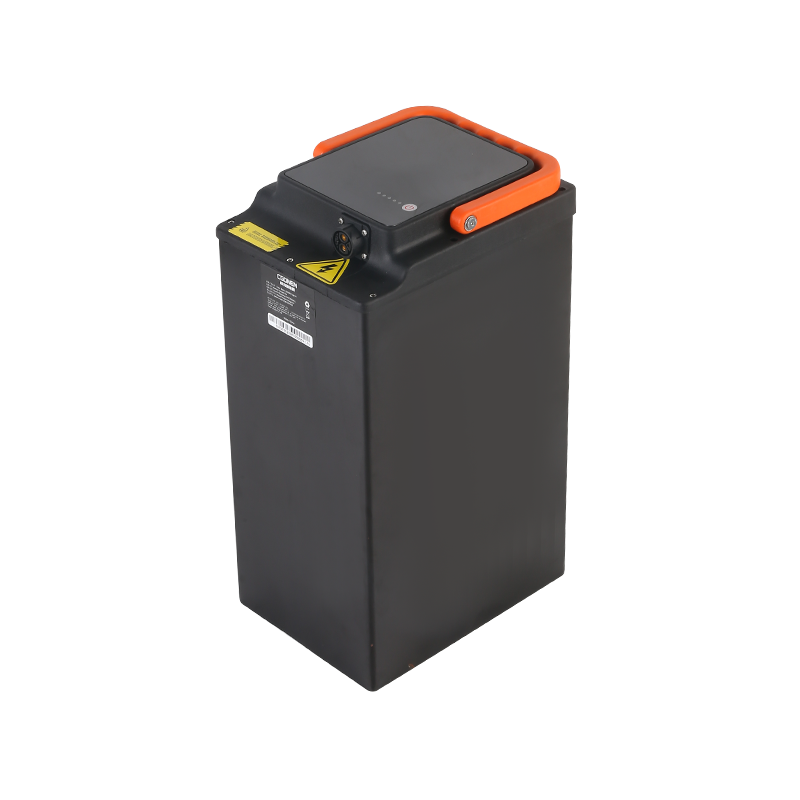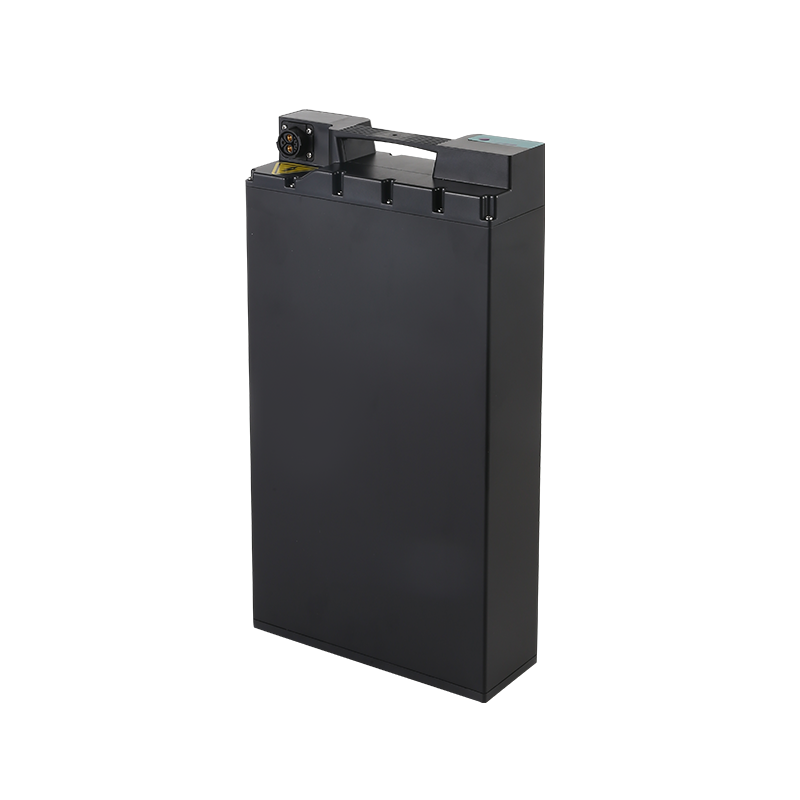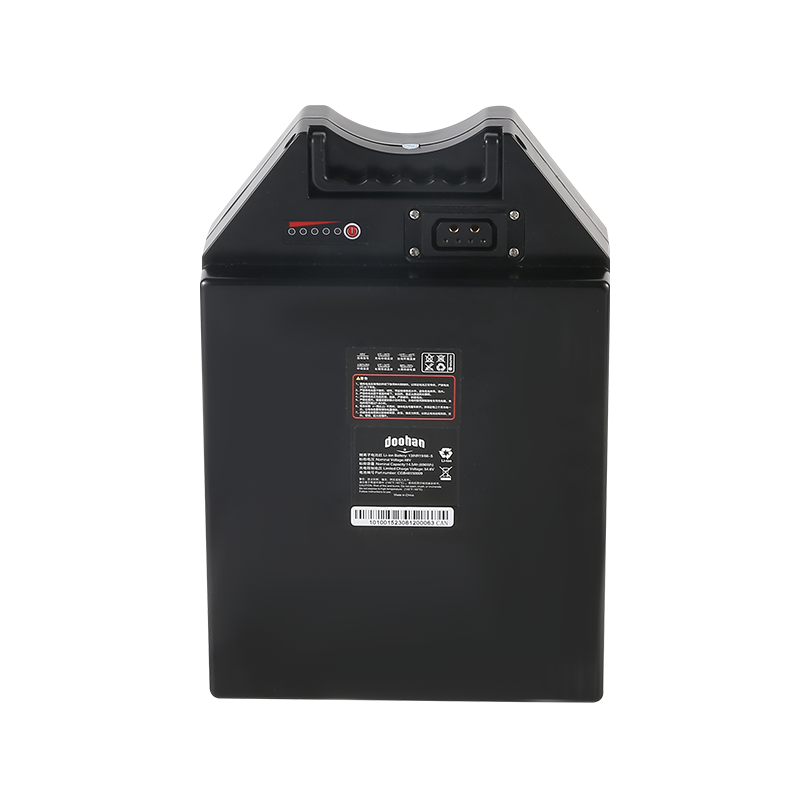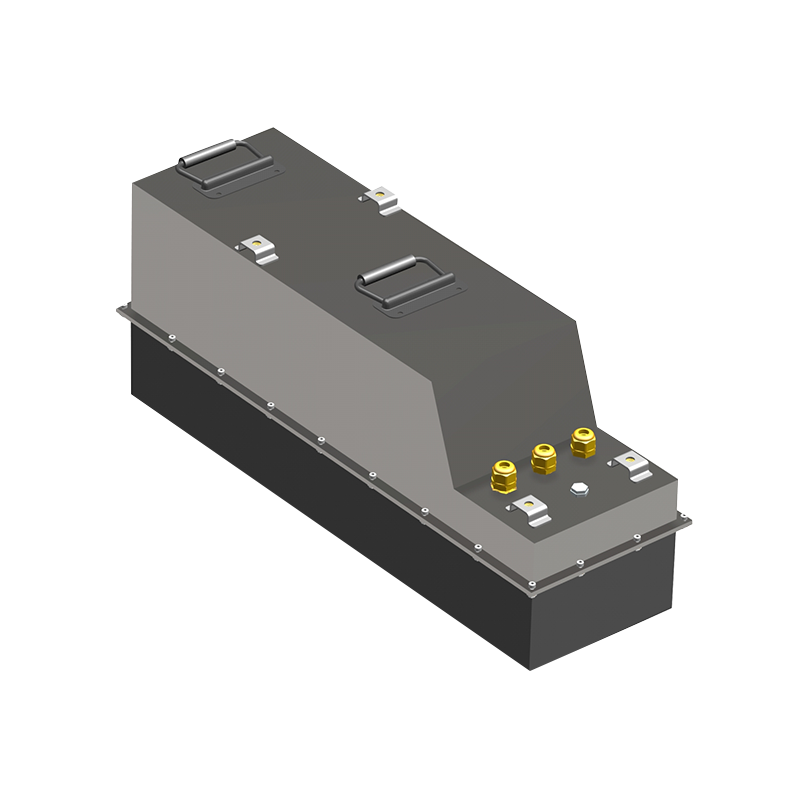Web Menu
Product Search
Exit Menu
Light Electric Vehicle Battery Meets the Trend of Environmental Protection
As the world increasingly shifts towards sustainable and eco-friendly transportation solutions, light electric vehicles (LEVs) are emerging as a popular choice for urban commuters and environmentally conscious consumers. Central to the success and widespread adoption of these vehicles are their batteries, which offer a balance of power, efficiency, and environmental sustainability. Light electric vehicle batteries are not only driving the growth of this sector but also setting new standards for what we can expect from personal transportation.
Light electric vehicles, which include e-bikes, e-scooters, and small electric cars, are gaining traction in cities around the globe. These vehicles are known for their ease of use, low operating costs, and small environmental impact. As urban areas grapple with traffic congestion and air pollution, LEVs present a compelling alternative that can reduce carbon emissions and ease the strain on public transportation systems.
At the heart of every LEV is its battery, a critical component that determines the vehicle's performance, range, and reliability. Light electric vehicle batteries are designed to be lightweight yet powerful, providing sufficient energy to propel the vehicle while maintaining a compact form factor. These batteries are typically made from advanced materials such as lithium - ion, which offer high energy density and long - term durability.
One of the key advantages of light electric vehicle batteries is their ability to provide a smooth and efficient riding experience. Unlike traditional combustion engines, electric motors powered by these batteries offer instant torque and quiet operation, making them ideal for urban environments. Additionally, the batteries are designed to recharge quickly, reducing downtime and ensuring that the vehicle is always ready for use.
The rapid growth of the LEV market has spurred significant advancements in battery technology. Manufacturers are constantly working to improve the energy density, lifespan, and safety of light electric vehicle batteries. New materials and manufacturing techniques are being explored to enhance performance and reduce costs, making these batteries more accessible to a broader audience.
One area of innovation is the development of solid - state batteries, which promise to deliver even higher energy densities and faster charging times. These next - generation batteries could significantly extend the range of LEVs, addressing one of the primary concerns of potential buyers. Additionally, improvements in battery management systems are enhancing the overall efficiency and longevity of these power sources.
Light electric vehicle batteries are not only beneficial for individual users but also for the environment and the economy. By reducing reliance on fossil fuels, these batteries help lower carbon emissions and improve air quality in urban areas. This is particularly important as cities around the world strive to meet ambitious climate goals and reduce their environmental footprint.
Light electric vehicle batteries are playing a crucial role in the transition to sustainable transportation. Their combination of power, efficiency, and environmental benefits makes them an attractive choice for modern urban commuters. As technology continues to advance and infrastructure improves, the potential for light electric vehicles and their batteries to transform our transportation landscape is immense. Whether for short - distance commuting or recreational use, light electric vehicles powered by advanced batteries are paving the way for a cleaner, greener future.
-

+86-13049701086
-

Stonehuang@CGONEN.com
-

No.88, Huji Road, Taizhou Bay Binhai New Area, Jiaojiang District, Taizhou City, Zhejiang Province, China











